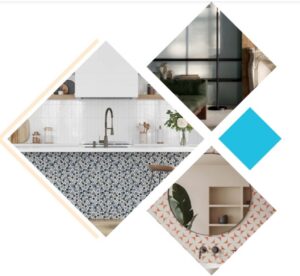Introduction
Over the past few decades, workspaces have evolved significantly, both in terms of their physical design and their function. The traditional cubicle model that was once the norm is now being replaced with more open and collaborative spaces that encourage creativity and teamwork. In this article, we’ll explore the evolution of workspaces, from cubicles to collaborative spaces.
The Rise of Cubicles
The cubicle model of workspace design became popular in the 1960s and 1970s as a way to increase efficiency and productivity in the workplace. Cubicles were seen as a way to provide employees with their own private space while still being able to work in close proximity to their colleagues. However, cubicles were often criticized for being too isolating and lacking in creativity.
The Move Toward Open Spaces
In the 1990s and early 2000s, many companies began to move away from the cubicle model and toward more open spaces. This shift was driven by a desire to encourage collaboration and creativity, as well as to reduce costs associated with building and maintaining individual cubicles. Open spaces allowed for greater flexibility in how employees worked and interacted with one another.
The Emergence of Collaborative Spaces
More recently, the trend has been toward even more collaborative spaces. These are designed to facilitate teamwork and innovation, with a focus on creating a more social and interactive environment. Collaborative spaces can take many forms, from open-plan offices with shared workstations to dedicated brainstorming areas with whiteboards and other collaborative tools.
The Benefits of Collaborative Workspaces
Collaborative workspaces offer numerous benefits to both employees and employers. They promote creativity and innovation, help to build stronger teams, and can lead to increased job satisfaction and retention. Collaborative spaces can also help to foster a sense of community and culture within an organization.
Conclusion
The evolution of workspaces from cubicles to collaborative spaces has been driven by a desire to increase productivity, creativity, and collaboration in the workplace. While the traditional cubicle model had its benefits, it was ultimately seen as too isolating and lacking in creativity. Open and collaborative spaces have proven to be more effective at promoting teamwork, innovation, and job satisfaction. As we continue to evolve, it will be interesting to see what new workspace models emerge to meet the changing needs of today’s workers.





More Stories
How Do You Choose the Best Backsplash Tiles for Your Home?
Choose the Best Septic Care? A Guide to Septic Services of LA
Keep Your Restaurant Running: The Complete Guide to Expert Grease Trap Cleaning and Pumping